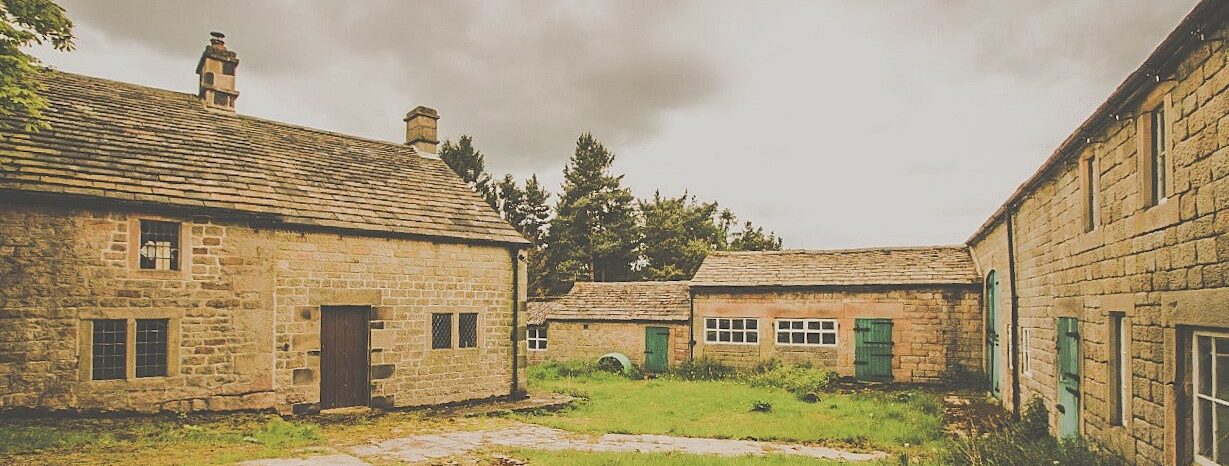-
Project title
Greenwood Farm, Hathersage, Peak District National Park – Historic Building Recording
-
Lead handler + team members
Jennifer Oliver and Courtenay-Elle Crichton-Turley
-
Clients
National Trust
-
Dates of project
Start: 01/05/2021
End: 01/07/2021
Ecus’s Heritage Team were employed by the National Trust to deliver a Historic Building Recording for Greenwood Farm in Hathersage in the Peak District National Park.
We were commissioned by the National Trust in May 2021 to undertake a programme of Historic Building Recording of the barn at Greenwood Farm, Hathersage. Historic Building Recording is a programme of research and investigation often including a measured archaeological record of a historic building, which may be required as a condition of planning consent for re-development of a site.
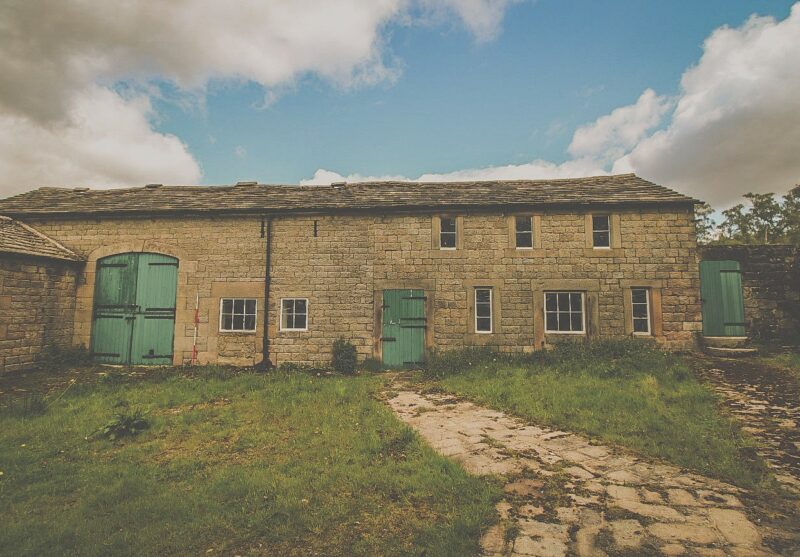
Greenwood Farm
Hathersage
The barn at Greenwood Farm is a multiphase L-shaped building, constructed of locally available materials. It is typical of a traditional farmstead building for this area and alongside the Greenwood Farmhouse (Grade II Listed Building), it contributes to the character of its surroundings while its setting contributes greatly to the understanding and appreciation of this building’s historic function, purpose and context. The farm is part of the Longshaw Estate, and the buildings retain the potential to reveal the influence of estate, and later the National Trust, on the development of farmsteads, associated agricultural structures and the wider agrarian landscape.
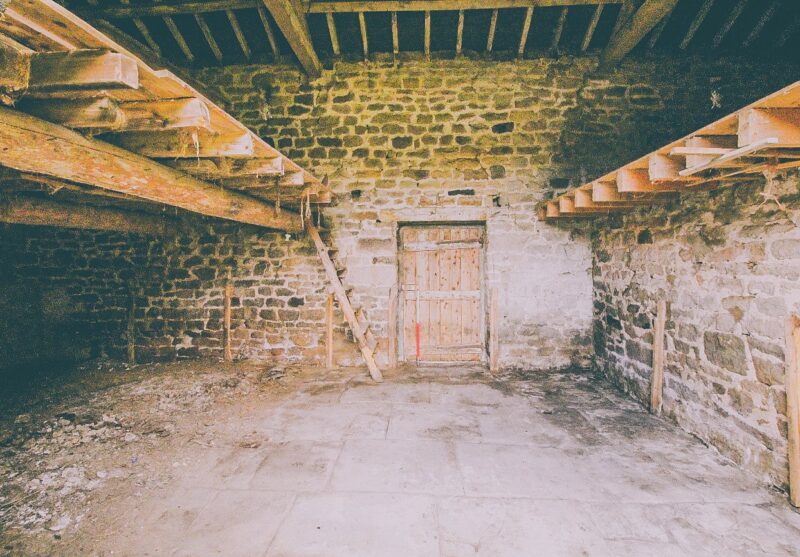
Aims
Historic Building Recording
The aims of the Historic Building Recording programme were to accurately record the form, character and architectural detailing of the building, to identify and record any evidence of structural features, fixture or fittings of historic significance, and to describe the building with interpretation of phases of development and function. Our Historic Building Recording also produced a comprehensive indexed and cross referenced archive from the fieldwork record which will be deposited with the National Trust.
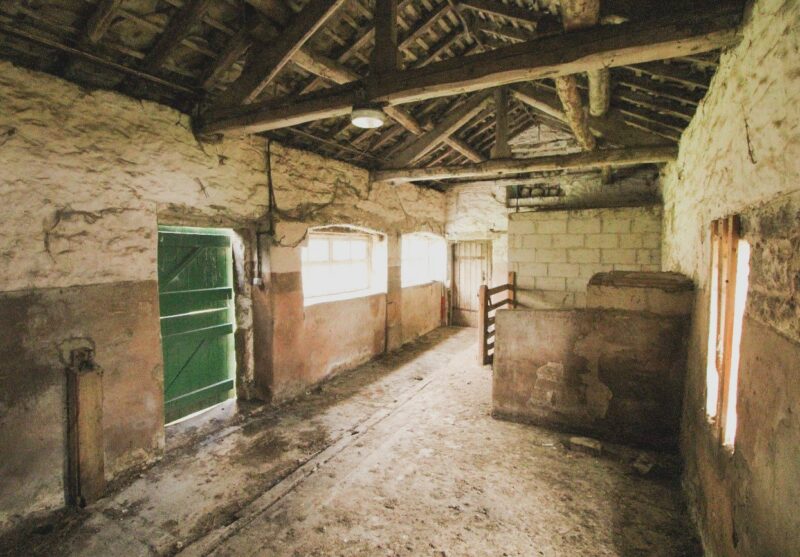
Methods
For the recording we:
- Undertook a descriptive/analytical record in line with Historic England’s Levels 2/3 survey, producing:
- a drawn record which was undertaken using traditional hand surveying techniques using pencil on drafting film as well as direct entry into a CAD programme; A photographic record using a Digital SLR Camera; and
- a historic baseline for the building which was based on a desk-based review of previous work compiled by the National Trust.
We also undertook a photogrammetric survey of the threshing floors to enable a like for like reinstatement. The link to the 3D model.
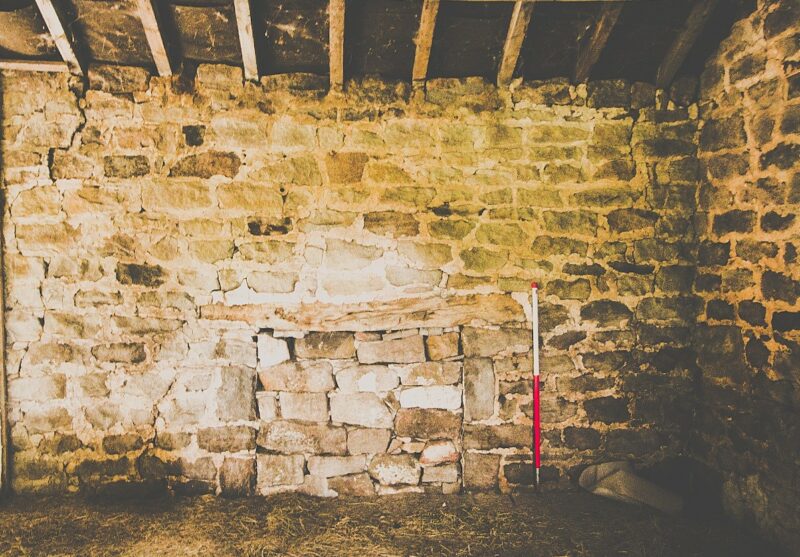
Outcomes
What we found:
The building comprises four principal phases:
- the threshing barn block and cart shed (1840-1890);
- the extension to the cart shed (1880-1890);
- an extension to the east of the threshing barn (1880-1890); and
- the covering over of the yard to the south of the north to south range (1919-1960).
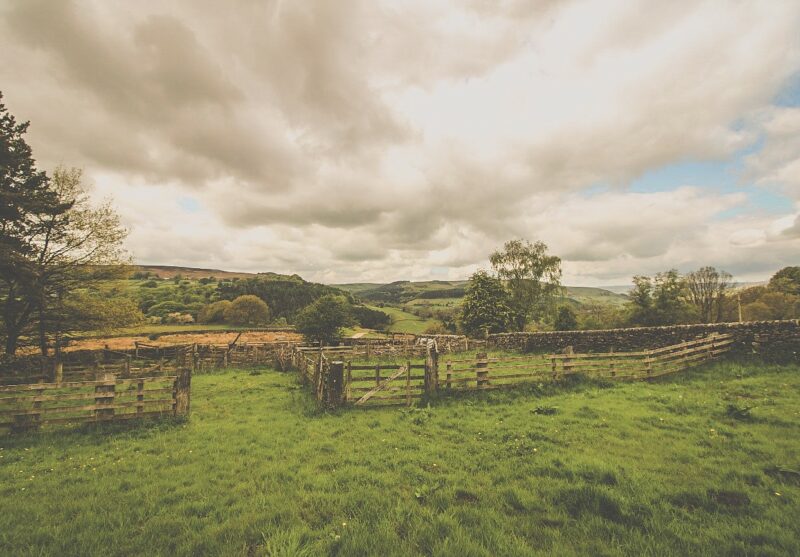
Outcomes
What we found:
The building has undergone numerous changes over the years, including the replacement of floors, and windows, the blocking of doors and openings, the addition of a modern barn and storage shed to the north and the removal of original stalls and other fittings. Despite this, it retains numerous features that indicate its previous use and layout, including the original threshing barn floor, nineteenth-century roof trusses and some original timber-batten doors. These features as well as the evidence for change and development contribute towards the architectural and historic interest of the building.
The changes to the building arose from the movement in the rural economy during the nineteenth century from mixed farming to more specialist (in this case dairy based) agriculture. The addition of extra cattle housing and stabling, and the loss of the use of the threshing barn all illustrate this shift. As such the building contributes towards the elucidation of changes in farm building use over time, within the Peak District and the impact of these upon their design and modification.

